In ancient Egypt, symbols played a significant role in their culture and belief system. These symbols held deep meanings and were often associated with gods, pharaohs, and important events. One of the most iconic figures in Egyptian history is King Tutankhamun, commonly known as King Tut. He ruled during the 18th dynasty of the New Kingdom period, and his tomb discovery in 1922 by Howard Carter captivated the world.
Understanding the Importance of Symbols in Ancient Egypt
Ancient Egyptians used symbols extensively in their art, jewelry, and everyday life. They believed that symbols possessed magical powers and could provide protection, good fortune, and even eternal life. These symbols were not just decorative but held a deeper spiritual meaning for the Egyptians.
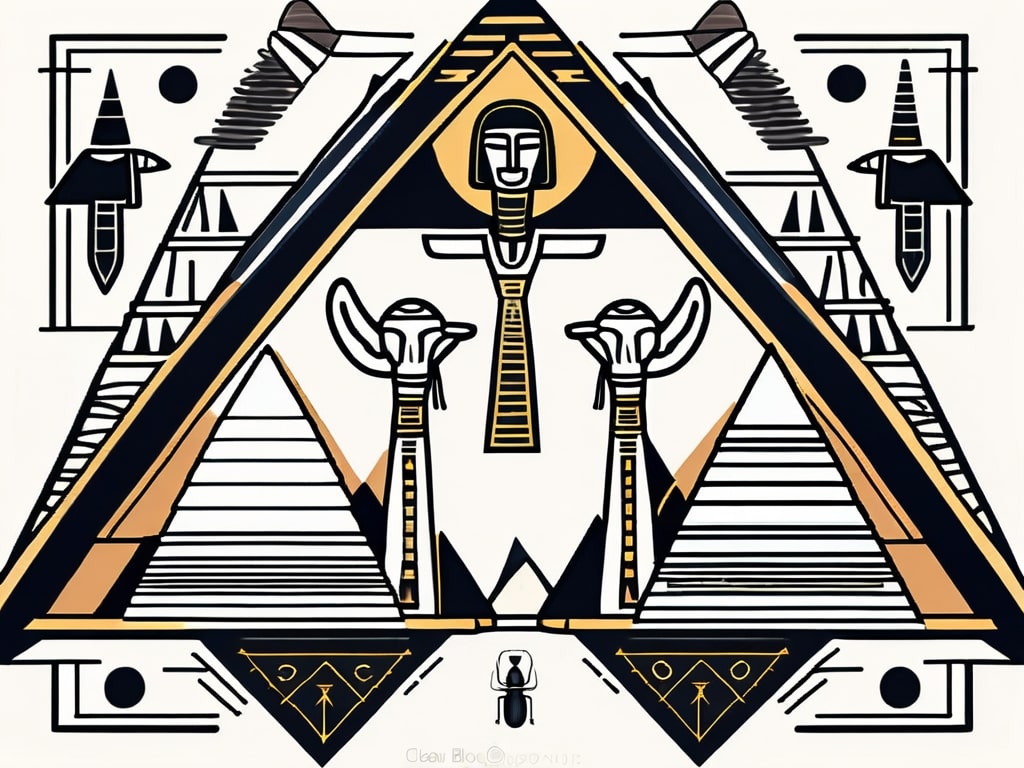
Ancient Egyptian symbols were intricately woven into the fabric of their society, reflecting their complex beliefs and worldviews. The Ankh, symbolizing life and immortality, was commonly depicted in the hands of deities and pharaohs, emphasizing the eternal nature of existence. The Eye of Horus, a powerful protective symbol, was believed to ward off evil and bring healing. These symbols served as a visual language, communicating profound ideas and connecting the ancient Egyptians to the spiritual realm.
The Role of Symbols in Egyptian Culture
The Egyptians believed that symbols connected them to the divine and allowed them to communicate with the gods. Symbols were used to represent concepts such as life, eternity, power, and protection. They were often incorporated into religious rituals, tombs, and architectural structures.
The use of symbols in Egyptian culture extended beyond religious practices. Hieroglyphics, a form of writing composed of symbols and pictures, played a crucial role in communication and record-keeping. These intricate symbols adorned temple walls, tombs, and papyrus scrolls, preserving the history and wisdom of ancient Egypt for future generations to decipher and learn from.
The Significance of King Tut in Egyptian History
King Tut ruled Egypt for a short period, but his legacy surpassed the brevity of his reign. His tomb, discovered virtually intact, provided a treasure trove of artifacts that offered valuable insights into ancient Egyptian beliefs and symbolism. King Tut’s burial artifacts showcase the symbols associated with Egyptian royalty.
King Tutankhamun’s golden death mask, adorned with symbols of power and protection, symbolizes the divine authority of the pharaohs. The intricate carvings and hieroglyphs found within his tomb reveal the meticulous attention to detail that the ancient Egyptians placed on preserving their beliefs and traditions for the afterlife. King Tut’s burial chamber, filled with symbolic treasures, serves as a testament to the enduring fascination and mystery surrounding ancient Egyptian culture.
Decoding the Symbols Associated with King Tut
King Tut’s tomb contained numerous artifacts adorned with symbols that held both personal and universal significance. Each symbol represented a unique aspect of Egyptian culture, spirituality, or the afterlife. Let us explore some of the prominent symbols found alongside King Tut’s burial.
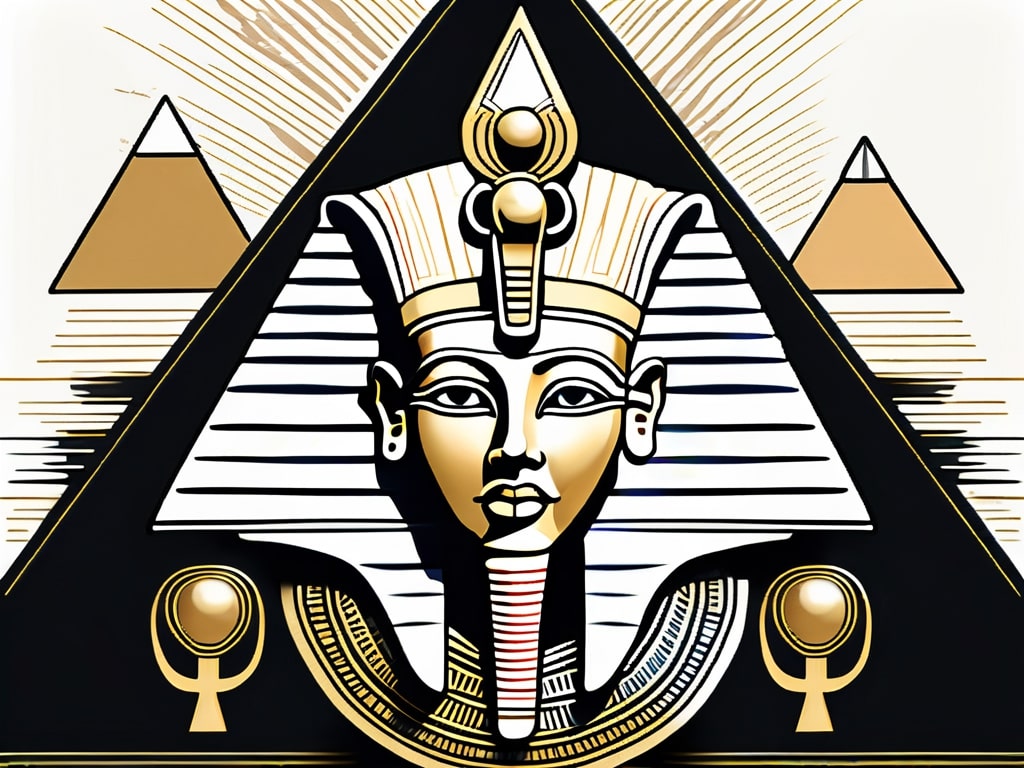
King Tutankhamun, the boy king of ancient Egypt, left behind a treasure trove of symbols that continue to captivate the world to this day. His burial chamber discovered nearly intact in the Valley of the Kings, contained a wealth of artifacts adorned with intricate symbols that offer a glimpse into the beliefs and customs of the ancient Egyptians.
The Golden Mask: A Symbol of Royalty
The golden burial mask of King Tutankhamun is one of the most recognizable symbols from ancient Egypt. It represents the pharaoh’s divinity, authority, and eternal dominion. The mask’s detailed craftsmanship and use of precious materials highlight the importance of the symbol in conveying King Tut’s royal status.
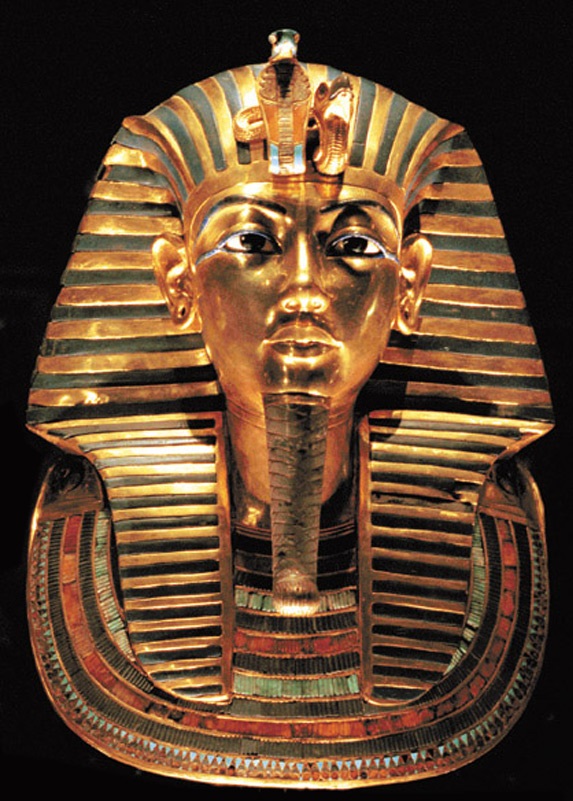
Crafted from solid gold and inlaid with vibrant precious stones, King Tut’s mask not only served as a protective amulet for the young ruler in the afterlife but also showcased the wealth and power of the pharaoh. The intricate details of the mask, from the carefully sculpted features to the inscriptions invoking protective spells, underscore the significance of this symbol in ancient Egyptian funerary practices.
The Scarab Beetle: A Symbol of Rebirth
The scarab beetle was a potent symbol in ancient Egyptian mythology. It represented rebirth, transformation, and the cycle of life. The Egyptians believed that the scarab beetle pushed the sun across the sky, symbolizing the continuous renewal of life. Scarab amulets were commonly worn to invoke the beetle’s protective powers.
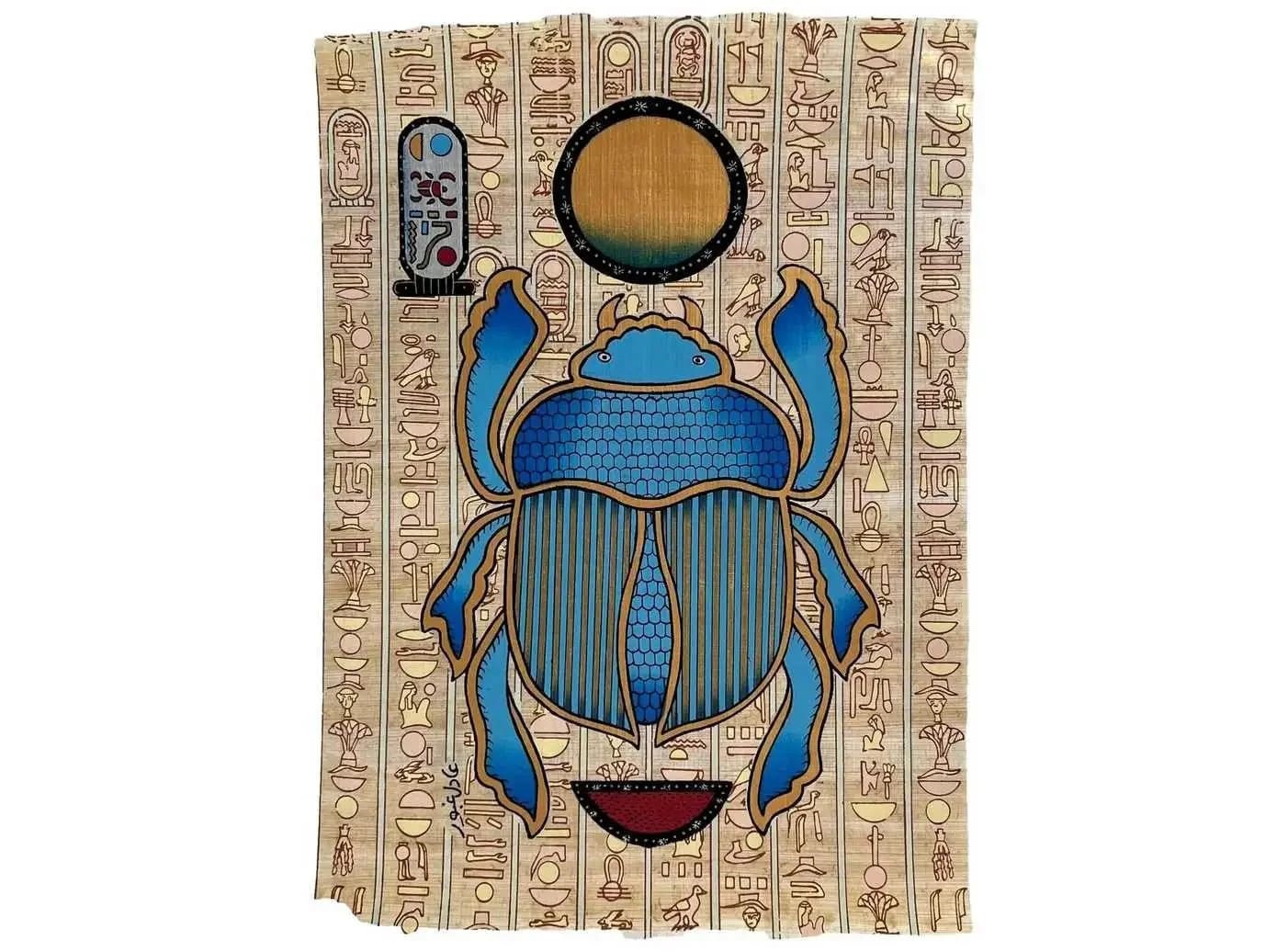
Depicted in various forms throughout King Tut’s tomb, the scarab beetle symbolizes the eternal cycle of life, death, and rebirth that the ancient Egyptians held dear. From intricately carved amulets to detailed engravings on ceremonial objects, the scarab beetle’s presence in the boy king’s burial highlights the importance of this symbol in ensuring a successful journey to the afterlife.
The Ankh: A Symbol of Life
The ankh, also known as the key of life, is another symbol associated with King Tut. Shaped like a cross with a looped top, the ankh represents eternal life and immortality. It was believed to hold the key to the afterlife and was often depicted in the hands of gods and pharaohs.
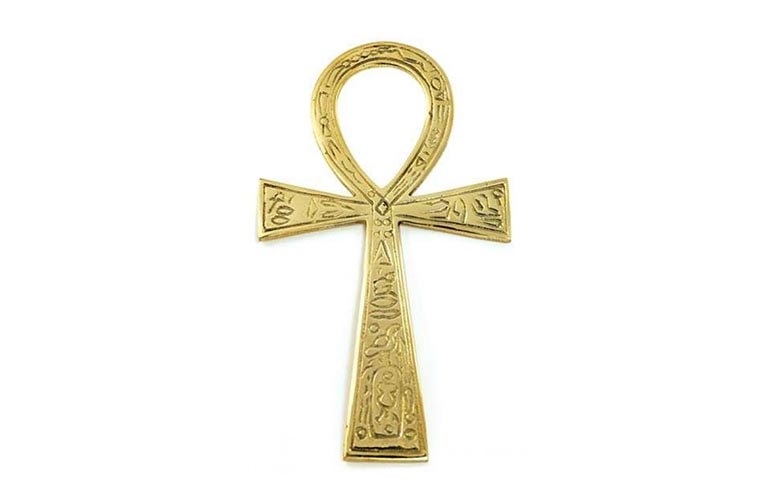
Found in abundance within King Tut’s tomb, the ankh symbolizes the eternal life that the pharaoh was meant to enjoy in the afterworld. Often depicted in the hands of deities granting the gift of life, the ankh served as a powerful emblem of protection and divine authority for King Tutankhamun on his journey to the underworld. Its presence among the treasures of the boy king reaffirms the belief in the continuity of life beyond death in ancient Egyptian culture.
The Artistic Representation of King Tut and His Symbols
The art found within King Tut’s tomb provides a rich visual representation of the symbolism associated with Pharaohs and the afterlife. The meticulous detail and symbolism in these artworks reflect the Egyptians’ belief in the power of symbols to convey meaning and connect with the divine.
Exploring the artistry within King Tut’s tomb unveils a world where every stroke of paint carried profound significance. The vibrant colors and intricate designs were not merely decorative but held deep spiritual and cultural meanings. Each symbol meticulously placed on the walls or artifacts was a key to unlocking the mysteries of the afterlife and ensuring the pharaoh’s safe passage into eternity.
The Use of Symbols in King Tut’s Tomb
The walls of King Tut’s tomb are adorned with intricate paintings depicting various symbols and scenes from Egyptian mythology. These paintings served as a guide to assist the pharaoh’s journey in the afterlife. Symbols such as the ankh, sun disks, and sacred animals were commonly featured, conveying messages of protection and divinity.
Among the most striking symbols found in the tomb are the representations of gods and goddesses, each with their unique attributes and roles in the Egyptian pantheon. These divine figures were not mere decorations but revered beings believed to hold sway over the forces of nature and the spiritual realm. Their presence in the artwork symbolized the pharaoh’s connection to the divine and his status as a ruler sanctioned by the gods.
The Symbolism in King Tut’s Burial Artifacts
Aside from the golden burial mask, King Tut’s tomb contained numerous artifacts that demonstrated the symbolism associated with Egyptian royalty. These objects included elaborate jewelry, chariots, and furniture adorned with falcon motifs (symbolizing the god Horus), cobras (symbolizing protective deities), and other significant symbols.
Each artifact unearthed from the depths of King Tut’s tomb tells a story of craftsmanship and belief intertwined. The intricate designs etched into the precious metals and gemstones were not mere embellishments but reflections of a society deeply rooted in spirituality and tradition. Every piece held a specific purpose, whether to protect the pharaoh in the afterlife or to ensure his eternal glory among the gods.
The Modern Interpretation of King Tut’s Symbols
King Tut’s symbols continue to captivate modern culture and have influenced various artistic forms in the contemporary world. From fashion to literature, the mystique and rich symbolism surrounding Egyptian culture and King Tut have found their place in our modern society.
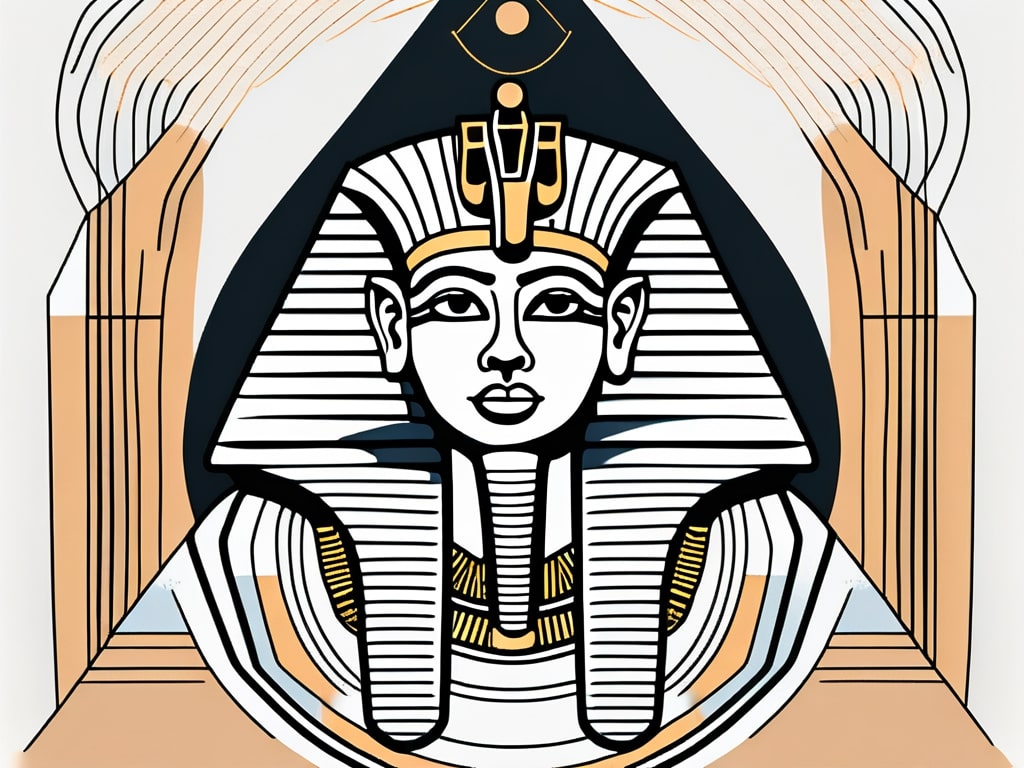
Exploring the symbols of King Tutankhamun offers a glimpse into the ancient Egyptian belief system and the significance they held in daily life. The symbols, such as the ankh representing life and the scarab symbolizing rebirth, were not just decorative but carried profound spiritual meanings for the ancient Egyptians. Understanding these symbols allows us to appreciate the depth of thought and symbolism present in their art and artifacts.
The Influence of King Tut’s Symbols on Modern Culture
King Tut’s symbols have had a lasting impact on art, design, and fashion. From Ancient Egyptian-inspired clothing and jewelry to modern interpretations of the ankh symbol, King Tut’s legacy continues to inspire creative expressions. The allure of Egyptian symbolism has become synonymous with luxury, power, and ancient mysticism.
In the realm of literature, authors often draw inspiration from the enigmatic symbols associated with King Tut to add layers of intrigue and mystery to their narratives. The use of these symbols in storytelling not only connects readers to the rich history of ancient Egypt but also infuses a sense of wonder and fascination into the modern literary landscape.
The Misinterpretations of King Tut’s Symbols
While King Tut’s symbols are widely recognized, they have also been subject to misinterpretations and misrepresentations. Popular culture often simplifies or distorts their true meanings, sometimes reducing them to mere aesthetics. It is essential to delve deeper into the rich historical and cultural context surrounding these symbols to fully appreciate their significance.
By critically examining the misinterpretations of King Tut’s symbols, we can unravel the layers of complexity that define these ancient emblems. Separating fact from fiction allows us to honor the legacy of King Tut and the profound symbolism of ancient Egypt without falling prey to oversimplification or misrepresentation. Each symbol carries a story of its own, waiting to be understood in its entirety.
